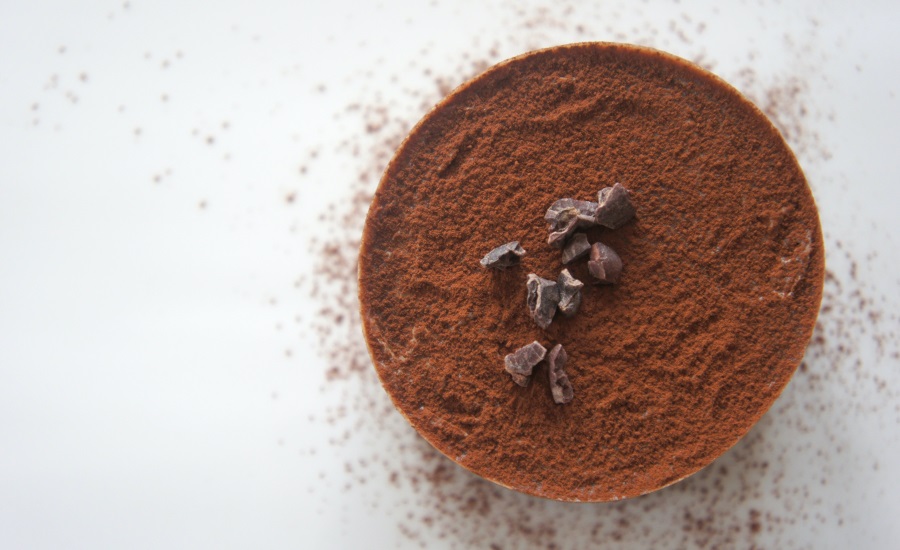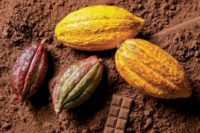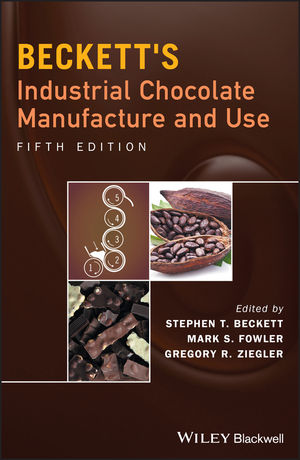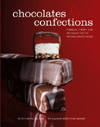Cocoa price surge: what it means for chocolate lovers
Since last year, the price of cocoa beans has increased by 27%.

Courtesy of Pexels / Delphine Hourlay
Cocoa continues to see higher pricing—since last year alone, the price of cocoa beans has increased by 27%. Sugar, another principal ingredient of chocolate, is also seeing price spikes, says Andrew Moriarty, U.S. director of commodity insights, Mintec.
Dark chocolate is the worst-impacted sector because it usually consists of more cocoa solids, and is nearly entirely driven by cocoa ingredient prices. In addition, due to El Nino causing hot, dry weather, cocoa harvests suffered. This led to a rise in chocolate prices, likely to create some demand destruction at the consumer level in the final quarter of the year.
Candy Industry Senior Editor Liz Parker was recently able to talk to Moriarty about why prices have gone up, and his predictions for the rest of this year and early 2024.
Liz Parker: Why has the price of cocoa beans increased by 27% from last year?
Andrew Moriarty: There are a variety of factors, and most market participants that I speak to have a hard time agreeing on the exact causes, but the biggest reasons are the modest projected global deficit at the end of this current year ('22/'23) and a forecast reduction in production in west Africa next year ('23/'24, starting October 1). Right now, most sources I speak to see the global deficit at the end of this year somewhere around 200-250k tonnes, and forward selling from west African origins for 23/24 is around 300,000 tonnes lower than this past year, implying that they believe the crop will be around 10-15% smaller next year. This is largely due to weather impacts; currently, key growing regions have experienced more rain than usual, and there are already small and localised reports of disease that this spreads, namely black pod disease and the Swollen Shoot Virus (SSV).
The main concern right now is on the SSV rather than black pod, as trees which contract the virus are no longer productive and must be torn out and destroyed to stop the spread. Looking ahead, much of the lower production estimates for 23/24 are lower due to a combination about fears of spreading SSV as well as what impact the El Nino weather patten could have on production, although there is considerable debate among market participants as to whether the effects are really that strong. Nonetheless, the expectations are for potentially warmer and drier weather than usual, which would particularly impact the development of the midcrop which will be harvested in the middle of next year.
Furthermore, the industry faces significant pressures owing to new European legislation that looks to curb deforestation of land for commodity production in developing nations, which could effectively hamstring the ability for cocoa producers to meaningfully increase their outputs over the coming years. Although there is still a lot of uncertainty regarding the exact implementation method of this plan, the industry may be entering a period in which cocoa production has no more room to grow. Note that this affects several agricultural products and not just cocoa—coffee growers and exporters are similarly concerned about the legislation.
Finally, the higher prices have attracted speculators into the market, who have in many instances exacerbated price increases throughout much of 2023. There is some evidence now that they are starting to retreat; however, buyers of cocoa products have been holding back on committing to additional purchases, hoping that the prices will fall at some point to levels more in line with fundamentals, and that has not happened. Now, with the entire buy side running short on cover, they are being forced to buy into the market at such high prices, which is adding further support to recent gains on the exchange.
LP: Why has the price of sugar been spiking?
AM: If we refer to white granulated sugar in the U.S. particularly, which would be the most direct price driver in the U.S., prices have been elevated but quite stable for about a year now. The domestic white prices in the U.S. and Europe follow a very different trend to the “global” prices seen on the futures exchanges in London and New York.
Andraia Torsiello, U.S. sugar analyst, Mintec, has said:
Prices for both spot and contract sugar [in the U.S.] remain elevated but there has not been much fluctuation throughout the past 12 months. The market has been quiet in recent weeks as participants focus on crop development and harvest begins. Deliveries of bulk granulated sugar have been slow throughout the past month according to distributors, with some stating that this has been the lightest period for deliveries in recent memory. The undelivered sugar has had little impact on spot prices, and many players expect this slow trend to continue into the fall as most buyers have enough inventory to meet their immediate needs.
LP: Why has dark chocolate experienced the worst of these price increases?
AM: Cocoa products, along with sugar, are the key ingredients in dark chocolate as there is virtually no dairy product in those recipes. Because sugar is relatively cheap compared to cocoa on a per kg basis, any rise in the price of cocoa butter or cocoa liquor will flow through directly into the dark chocolate price. By contrast, milk and white chocolate contain substantial dairy components which are also quite expensive on a per kg basis, and because dairy costs have generally fallen over the past year (particularly in Europe), that will have gone some way towards offsetting the impact of higher cocoa prices.
LP: Why is the climate crisis / El Nino to blame?
AM: For the most part, climate has had a somewhat limited effect on the cocoa price increases over the past year. The current global deficit projected at the end of this year is broadly as a result of robust consumer demand, particularly in the early parts of the year; production is not much lower in '22/'23 than it was in '21/'22. Looking ahead to '23/'24, much of the forecasts are based on speculation of what El Nino could bring in terms of lower rainfall, however my sources remain divided as to how much of an impact it will really have. Unlike in places such as southeast Asia where the typical impacts of El Nino are quite clear, the cocoa growing regions in west Africa have historically seen more muted/mixed impacts from the ENSO cycle. The primary climate effect right now has been the strong rainfall totals over the last several months that risk spreading disease right before the harvest of the main '23/'24 crop begins.
LP: What is your prediction for the rest of 2023/early 2024 for chocolate/cocoa prices?
AM: This is another area where there is considerable lack of clarity among my sources. The PRA function within Mintec does not forecast or predict prices as it may influence our ability to publish accurate spot prices, however based on comments from my industry sources, most see continued increases over the next few months, typically to the end of 2023. Beyond that, there is uncertainty as to whether or not the high chocolate prices will cause demand destruction among consumers, and there is already early evidence that this is happening. Therefore, some softening is expected looking into early 2024, but a large drop currently seems unlikely as industry players are forced to buy additional cover, and if those production drops in West Africa do materialise during the main crop (approximately October '23 – February '24) we would likely see considerable bullish pressure halting any large downward corrections.
Looking for a reprint of this article?
From high-res PDFs to custom plaques, order your copy today!









